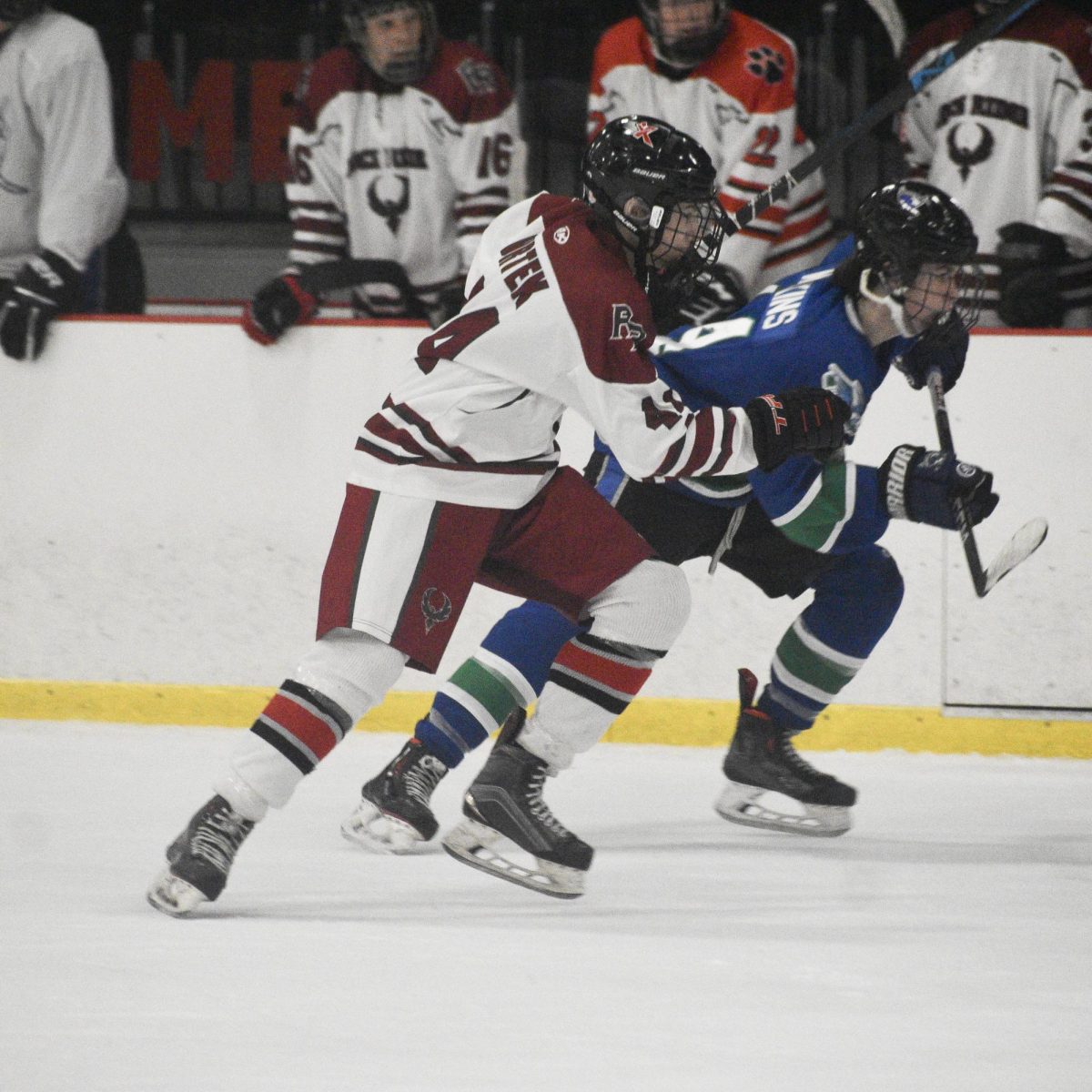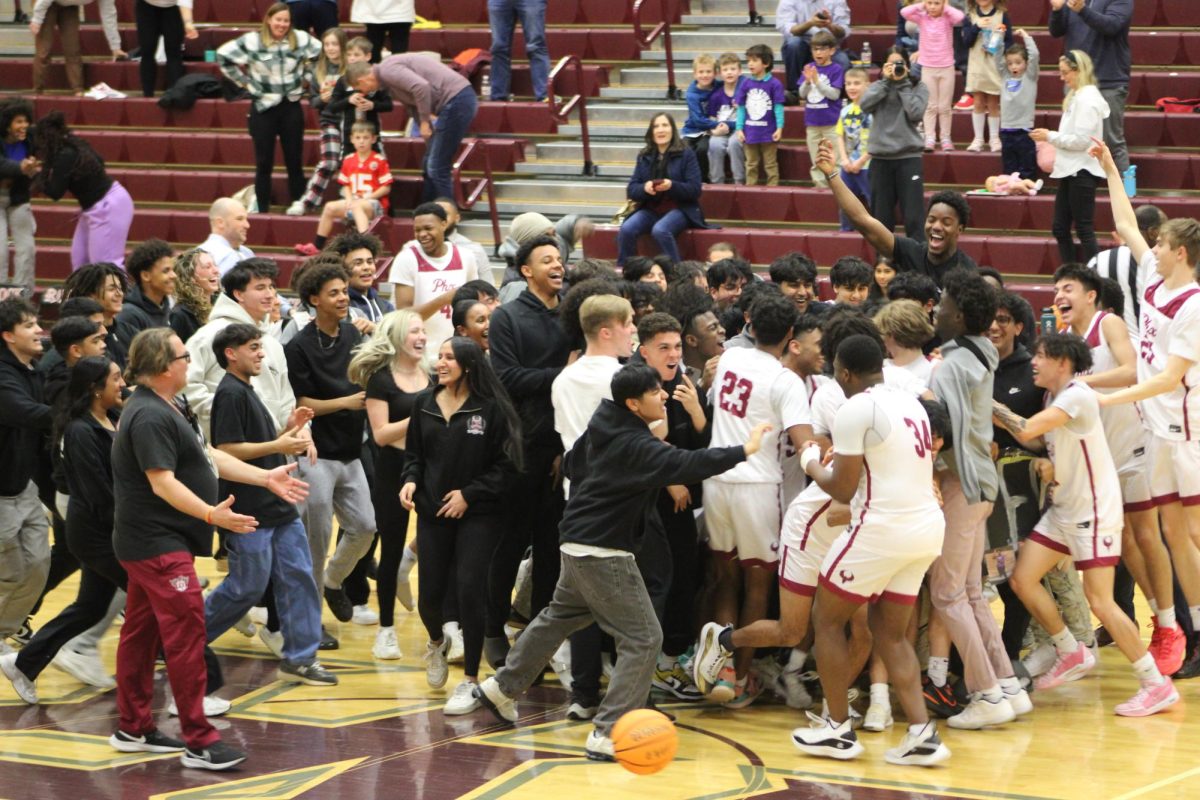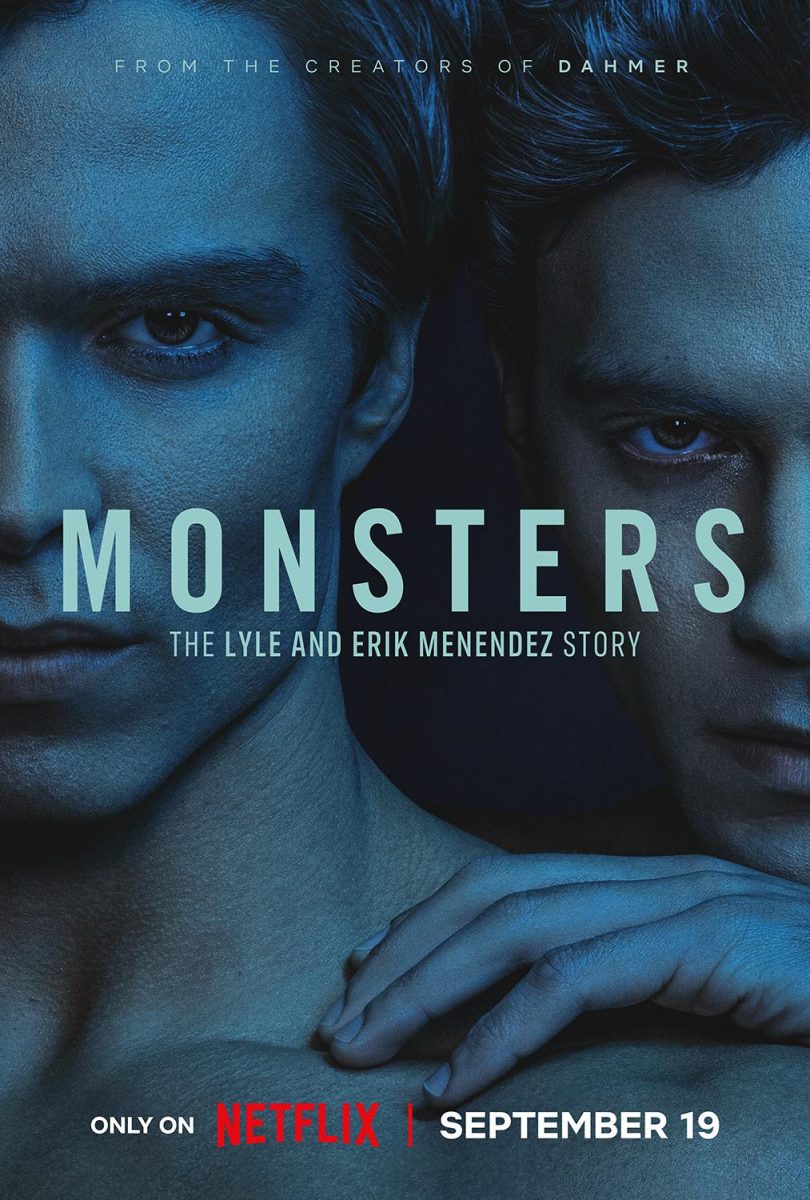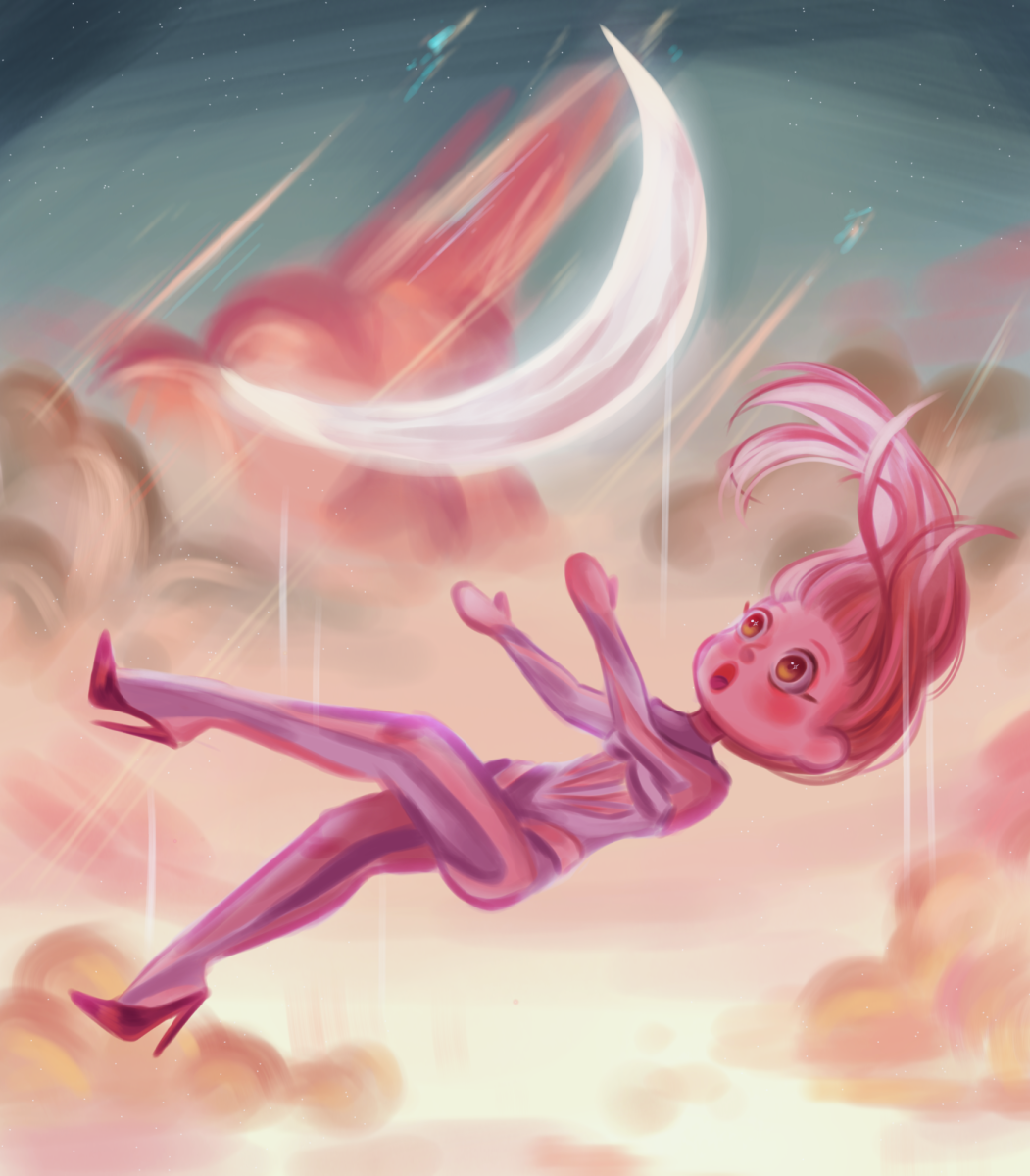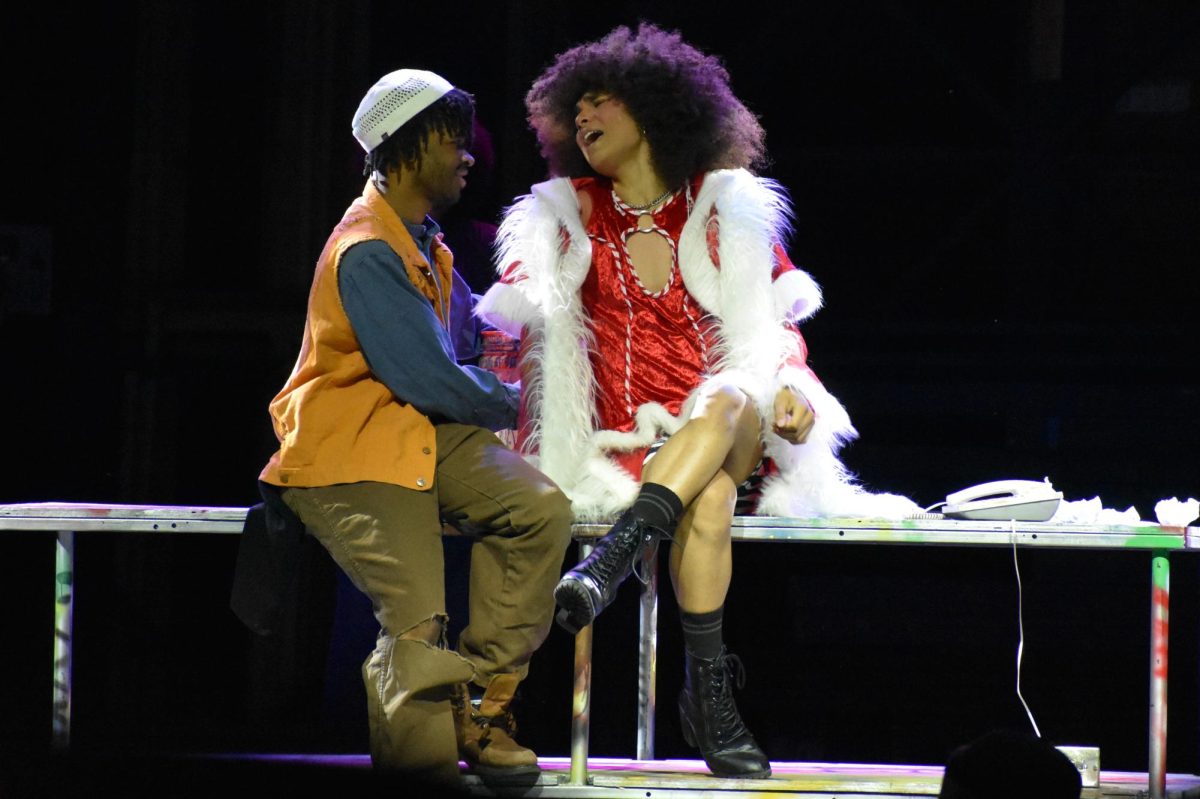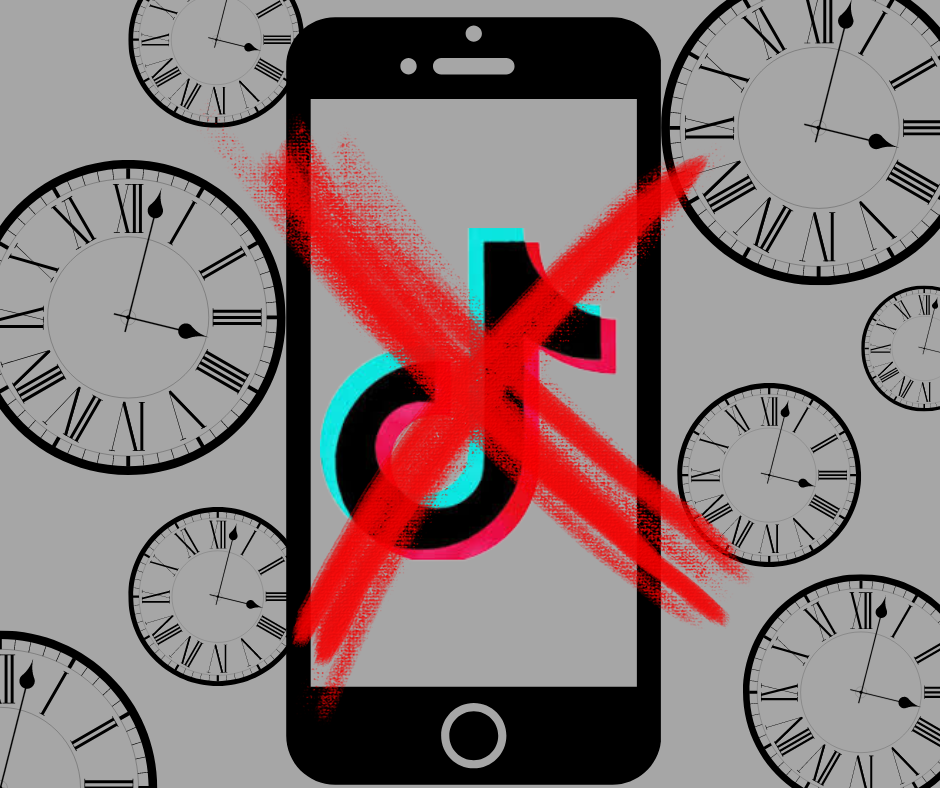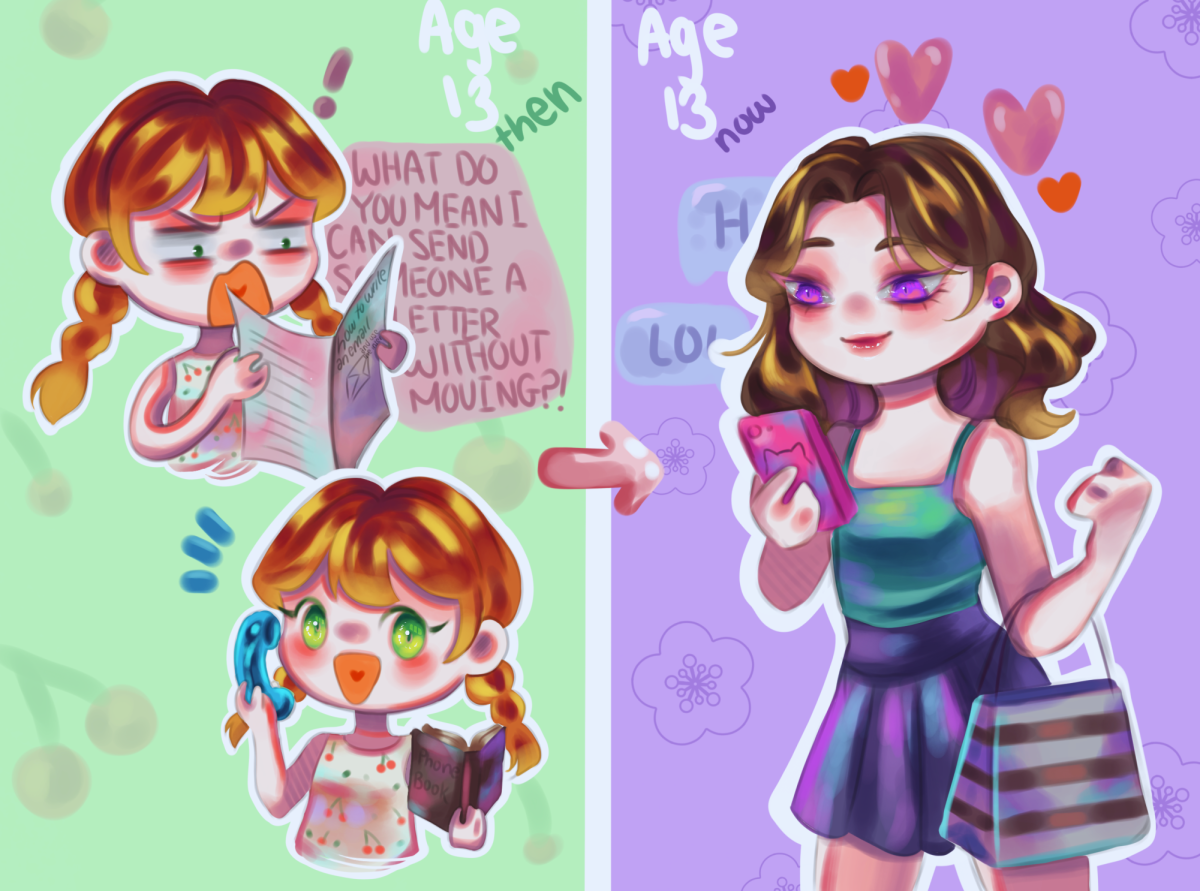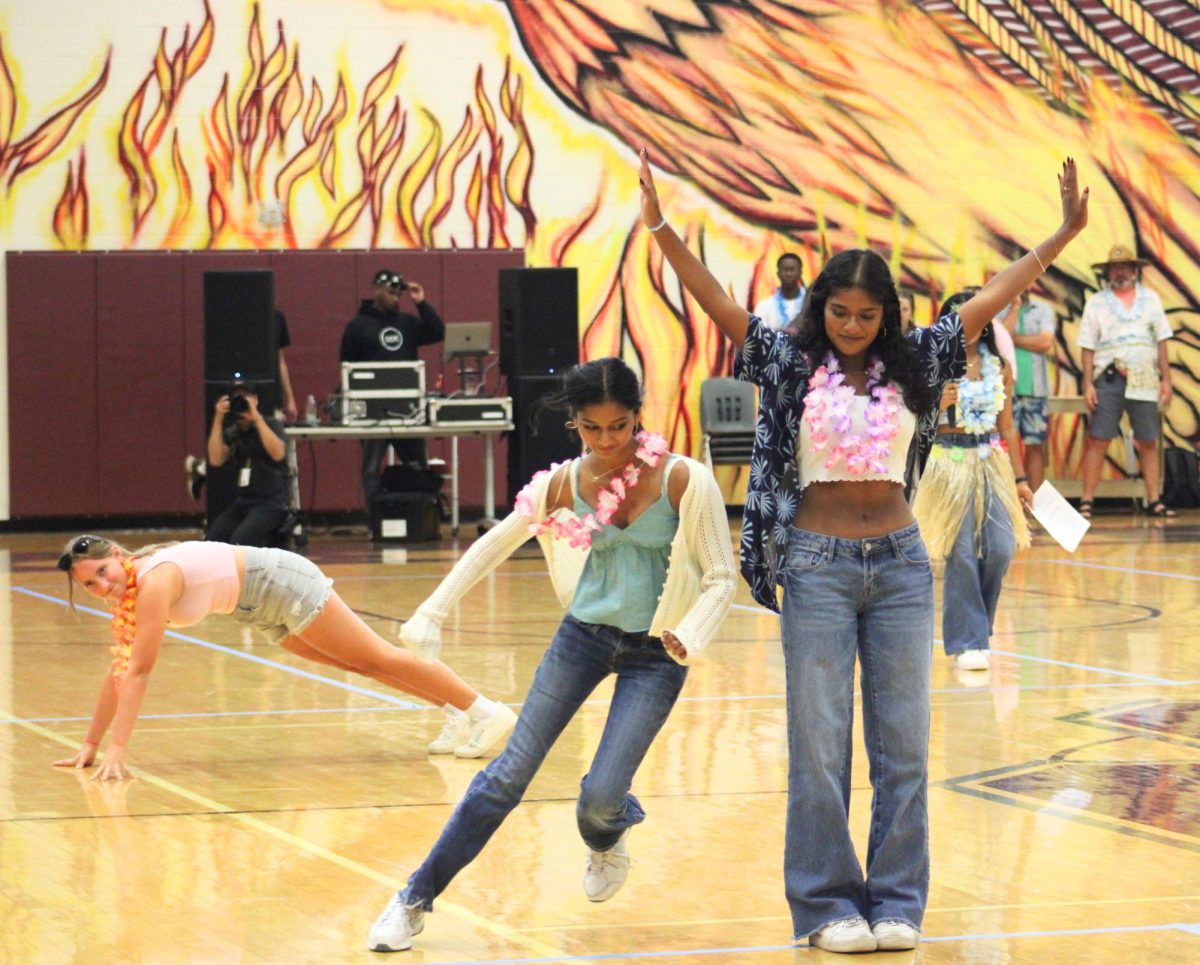You’ve seen the pictures: grainy, black-and-white shots of teenage girls crying, flailing their arms, and fighting against steel barricades as police attempt, in vain, to hold them off. They’re ecstatic, desperate, and passionate. The phenomenon that encapsulated the irrationality of it all was given one name: Beatlemania.
Or…One Direction Infection? Exactly 50 years later, a British boy band was formed on a UK talent show. Before they even made it out of the competition, the group elicited a similar reaction to that from five decades ago. The 2010s, however, marked the era of social media, enabling people to come together and have a space where they could share interests they had in common with strangers. This, combined with five boys with charming accents, evoked a magnetism that spurred a fandom culture that would be nearly impossible to recreate. These fans would occupy the nooks and crannies of Twitter, Instagram, and Tumblr, creating the internet we know today — down to the language, the conventions, and the mob mindset. It was the age of the fangirl.
When the Oxford Dictionary defines “fangirl” as obsessive, it’s no surprise that most of society does too. Along with “crazy” and “cringy,” fangirls have been viewed as detached from the real world as a result of clinging to everything a celebrity does.
This isn’t just a baseless claim derived from the internet’s bubble; in Disney’s “Turning Red,” the main character, Mei, is a preteen who is passionately infatuated with the Korean-pop band 4*Town. The movie revolves around Mei’s determination to openly express her love for the band, and this theme plays a significant role in the film’s plot. While most viewers laughed at its digs toward how fangirls act in real life, they failed to realize the sheer significance of fangirls’ passion. After all, the screaming fan doesn’t scream for nothing.
Passion — A Gendered Issue
One look at a member of One Direction and it’ll be easy to claim that teenage girls cry at their sight because they are purely attracted to them. This view is directly misogynistic — why is it that a stereotypically male fandom rioting in a city after their team loses a game is considered normal, but fangirls screaming at the top of their lungs at their favorite artist’s concert is considered attention-seeking and crazy?
In an interview with Rolling Stone, Harry Styles unabashedly admitted that he knows his audience is mostly teenage girls, and he’s proud of it. “Who’s to say that young girls who like pop music have worse musical taste than a 30-year-old hipster guy? That’s not up to you to say,” Styles said. “Music is something that’s always changing. There [are] no goalposts. Young girls like the Beatles. You’re gonna tell me they’re not serious? How can you say young girls don’t get it? They’re our future. Our future doctors, lawyers, mothers, [and] presidents. They keep the world going. Teenage-girl fans — they don’t lie. If they like you, they’re there. They don’t act ‘too cool.’ They like you, and they tell you. Which is sick.”
However, much of the media doesn’t seem to agree with Styles. In a 2013 Channel 4 documentary called “Crazy About One Direction,” fangirls are portrayed as solely unhinged. The documentary takes an extreme angle to fandom culture, showing how Directioners sent death threats to the boys’ love interests at the time, hid in hotels in hopes of meeting them, and stalked them to the point where they found their addresses and personal details.
Of course, media outlets prey on content that is dramatic and something they can exploit for clicks and views. It’s important to note that all of this did happen, but categorizing every fan as “hysterical” because of a small portion of people who stepped out of line is blatant ignorance.
In the 1960s, the majority of Beatles fans were teenage girls, and they were called crazy for it. In 2024, it’s cool to listen to them, especially when the main demographic of their listeners is above the age of 50 and primarily men. Ironic, isn’t it?
For Fans, By Fans
When young women and teenage girls are obsessed with something, they will go to lengths to show it. So, naturally, fangirls put in the work to support their favorite artist in more ways than one. Apart from buying merchandise and concert tickets, fangirls are marketing aficionados for the celebrity, primarily through update accounts online.
Update accounts serve as the primary social media profiles for fans of celebrities. Typically managed by fans themselves, these accounts aim to promote the celebrity’s projects by sharing updates on streaming content and keeping the public informed about the latest happenings in the celebrity’s life.
Although keeping track of everything a celebrity does seems mindless, these accounts have proven to be the backbone of fandoms, with some amassing over 800,000 followers, such as a Harry Styles update account on Instagram or a Taylor Swift account with 600,000 followers on X. Sometimes, accounts like these have ties to the artist’s team to tease upcoming projects or potential events. By being fans themselves, the people who run these accounts are exposed to parts of the music industry that would otherwise be behind closed doors.
Dedication and love for something can fuel passions that go beyond simply listening to artists’ music or supporting their projects. Many turn this love for music into something they can do permanently — something they get paid to do. Fangirls are now managers of rising music artists, entrepreneurs who run businesses dedicated to selling products relating to specific celebrities, and even journalists who review every latest pop album and write about defending fangirls.
Catalysts For Impact
This just reiterates that being a fan of something teaches a person more than they might expect. Fangirls learn how to build a community through gathering a following on their fan accounts where they establish a safe space to talk about their loves and freely share their thoughts. They express themselves through the stories they read and write: “After” by Anna Todd having 717 million reads on Wattpad, the go-to site for fanfiction, is a prime example. Fangirls use their voices by voting for awards their favorite artists are nominated for, ranging from the Teen Choice Awards to the prestigious Brit Awards. These essential skills acquired through being a fangirl can easily transfer to real-life situations, and there’s no reason to be ashamed of the motivations driving these skills.
Most importantly, fangirls don’t limit themselves to the boundaries of pop culture; they make real change, and it’s time they get their due credit. During the global resurgence of the Black Lives Matter movement in 2020, fans of the K-pop band BTS exhibited their influence through their online campaign with the hashtag #MatchAMillion to match BTS’s donation of $1 million. They met their goal in just over 24 hours. The same year, the Indian BTS Army raised 2 million rupees for COVID-19 relief in the country. Fangirls have always held vigorous influence on and off of the internet; the way they implemented that influence, however, has been the most meaningful.
The greatest musical act since the advent of mass media would have merely been four scrawny boys from Liverpool if it hadn’t been for the hordes of screaming fangirls that spurred the legendary Beatlemania — those thousands of young women created the world’s first pop stars. But, hey, it’s probably just hysteria, right?


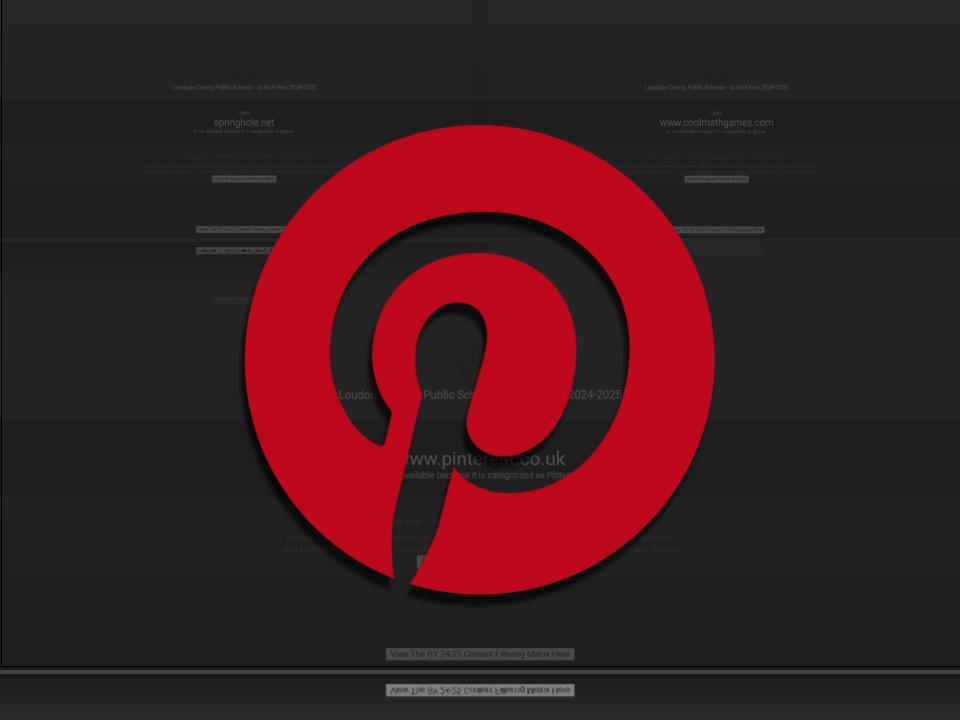


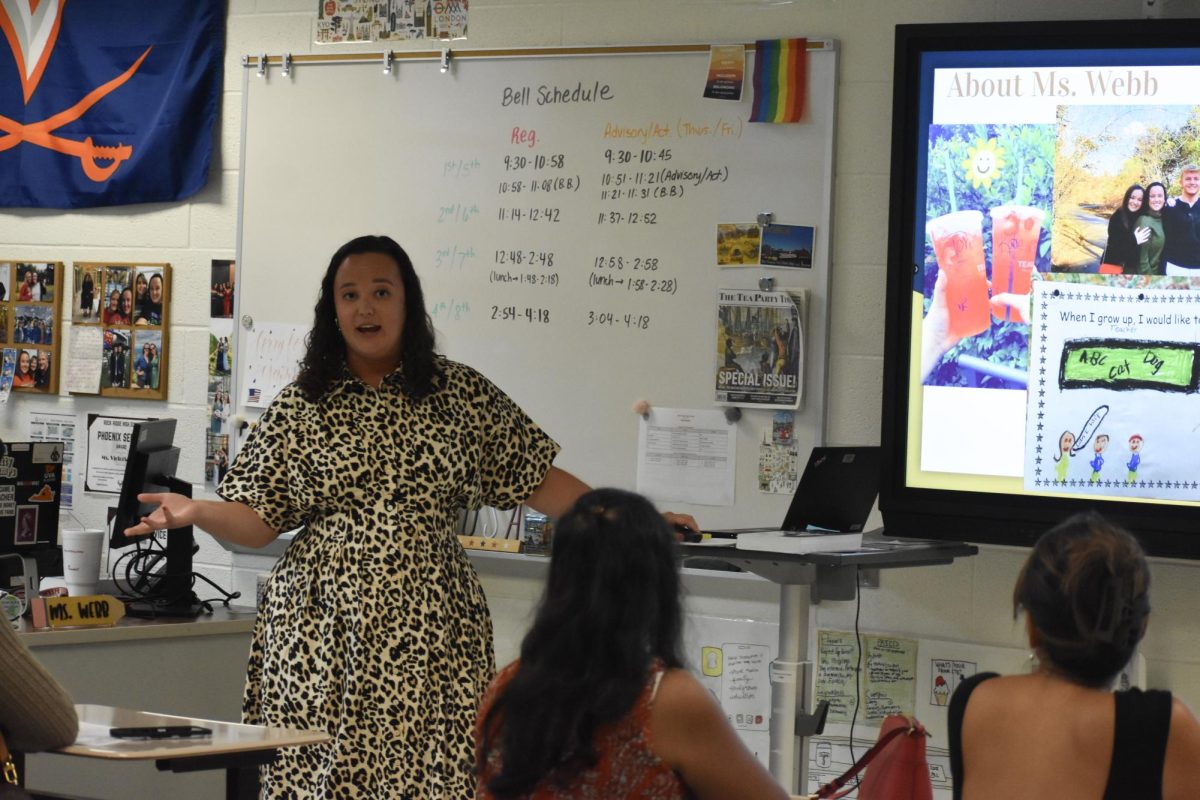

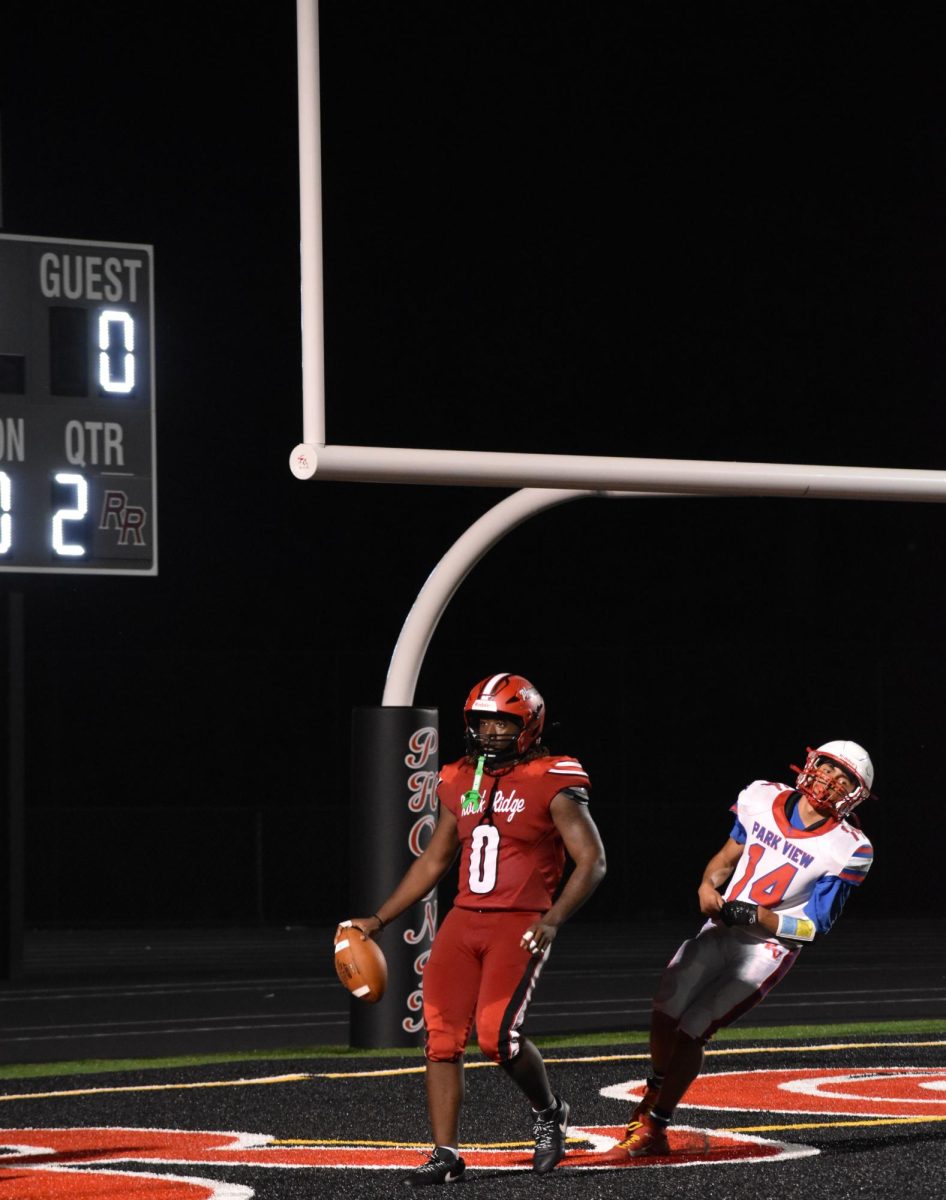
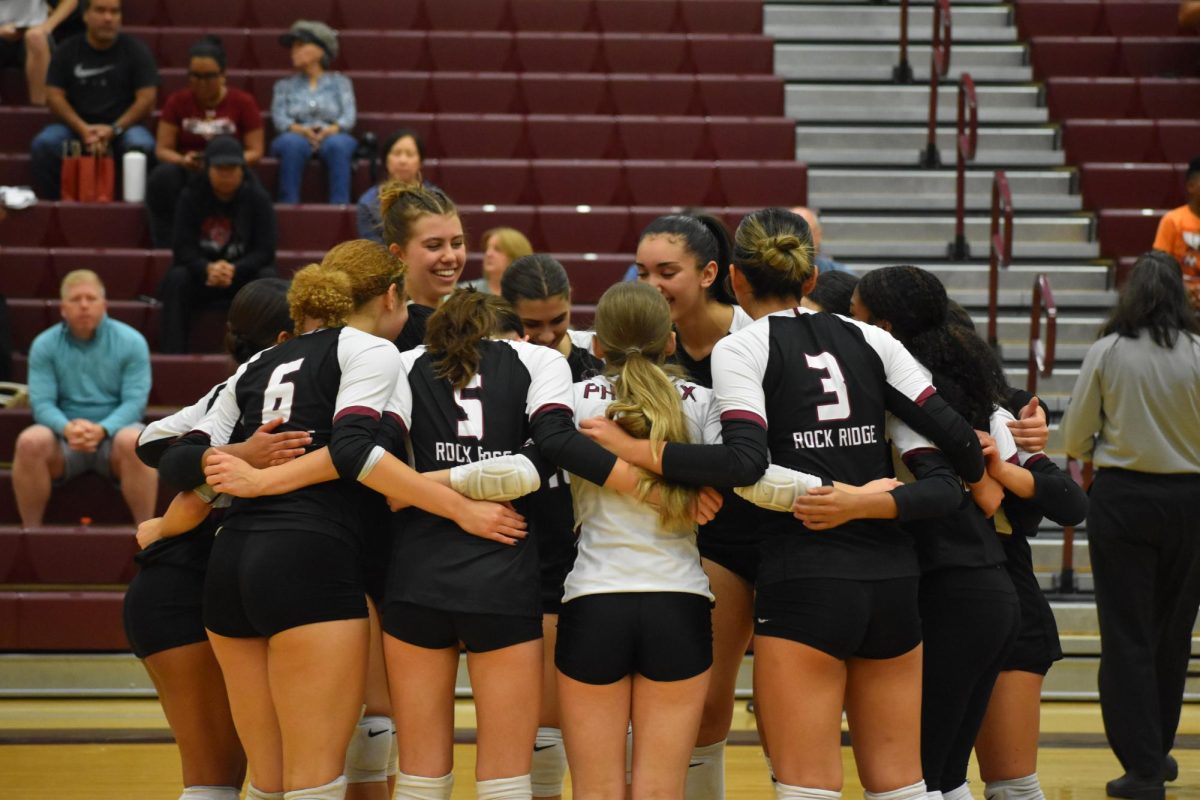



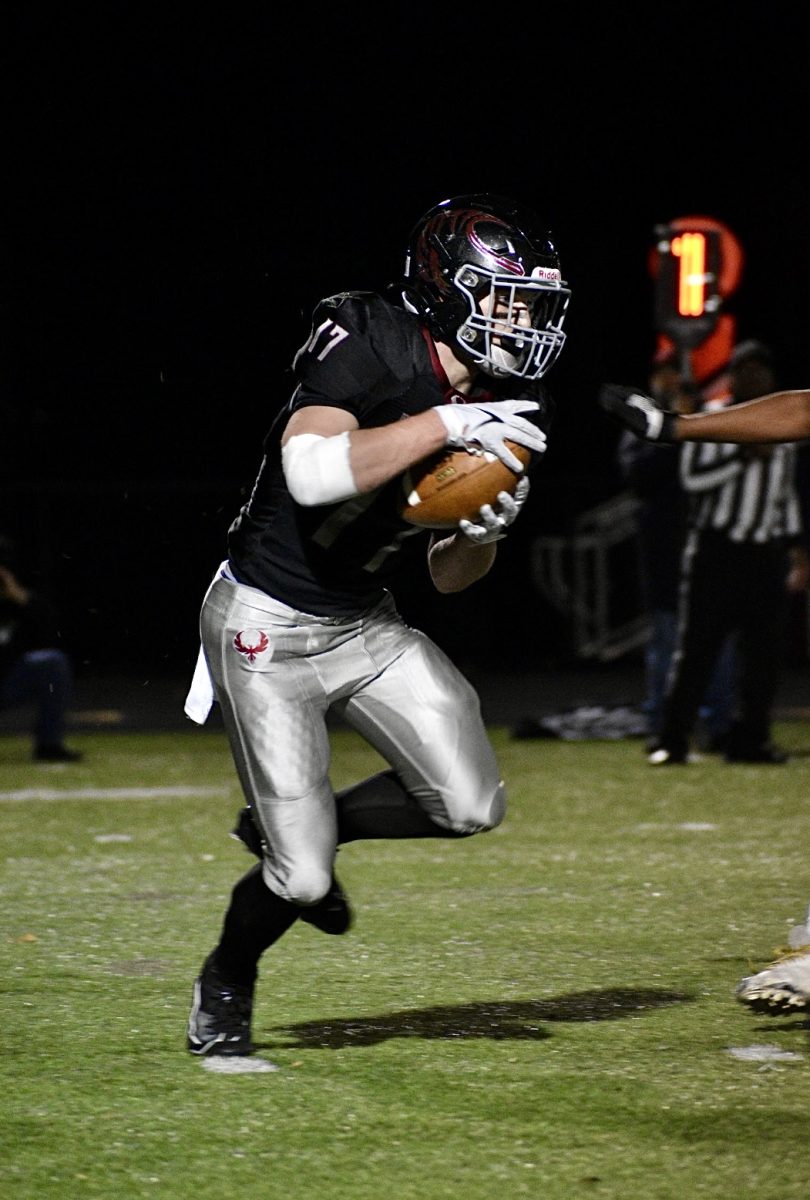
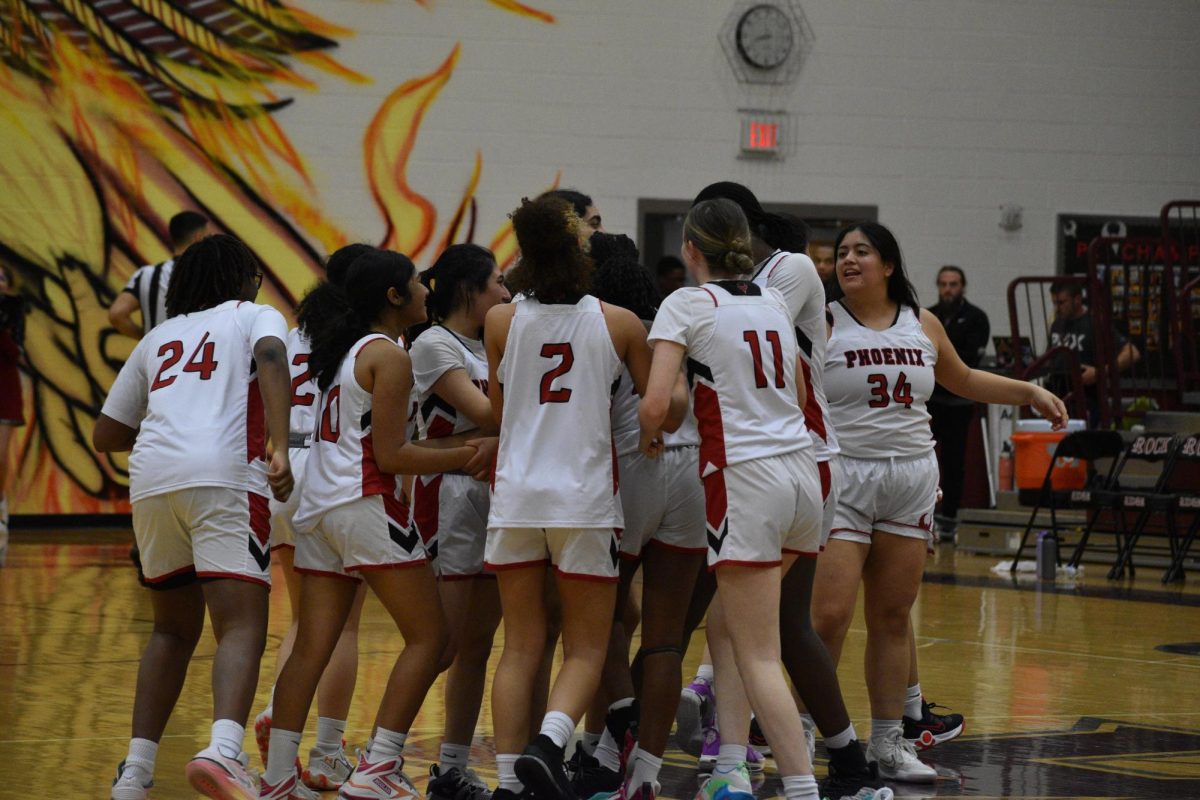
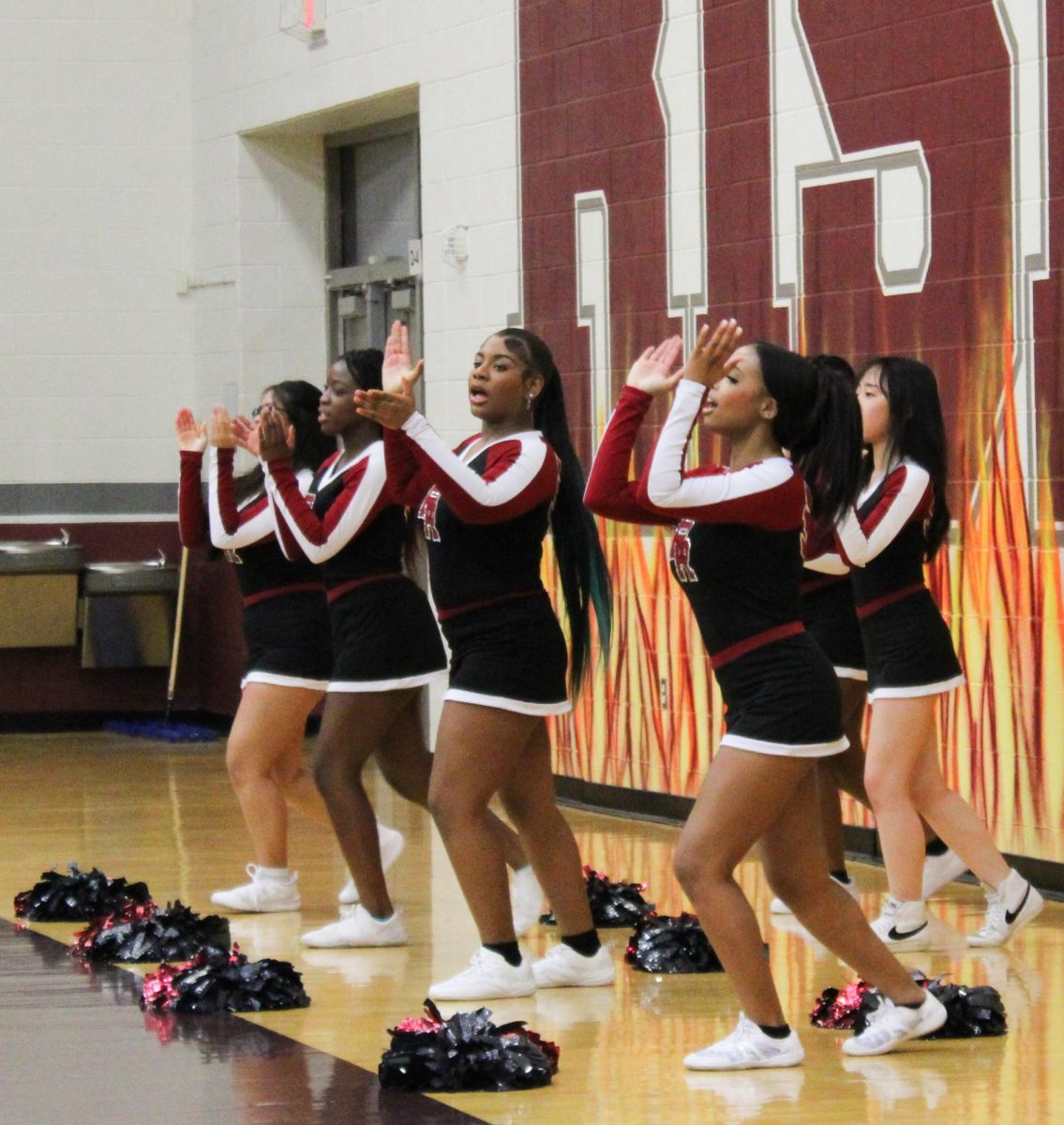
![As the referee throws the ball up for the tip-off, freshman Simone Diby leaps towards the ball to get it in Phoenix possession. Diby is a new member of the Phoenix girls basketball team, and despite it being a change, she finds it enjoyable. “It’s definitely a different experience if you’ve never played on a team, [but] I think it’s still fun.”](https://theblazerrhs.com/wp-content/uploads/2024/03/DSC_0057-1200x662.jpg)
